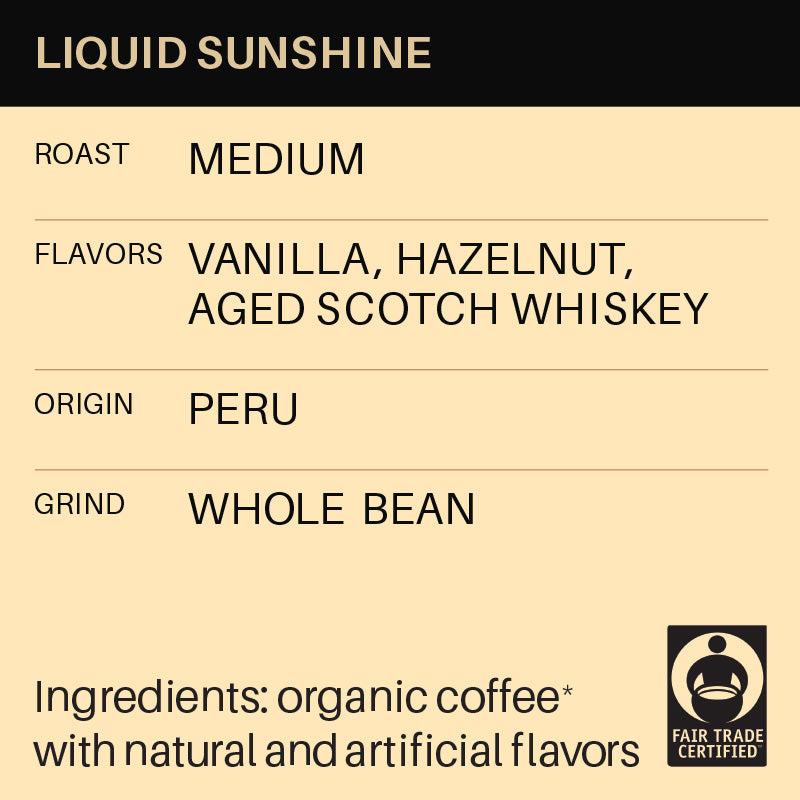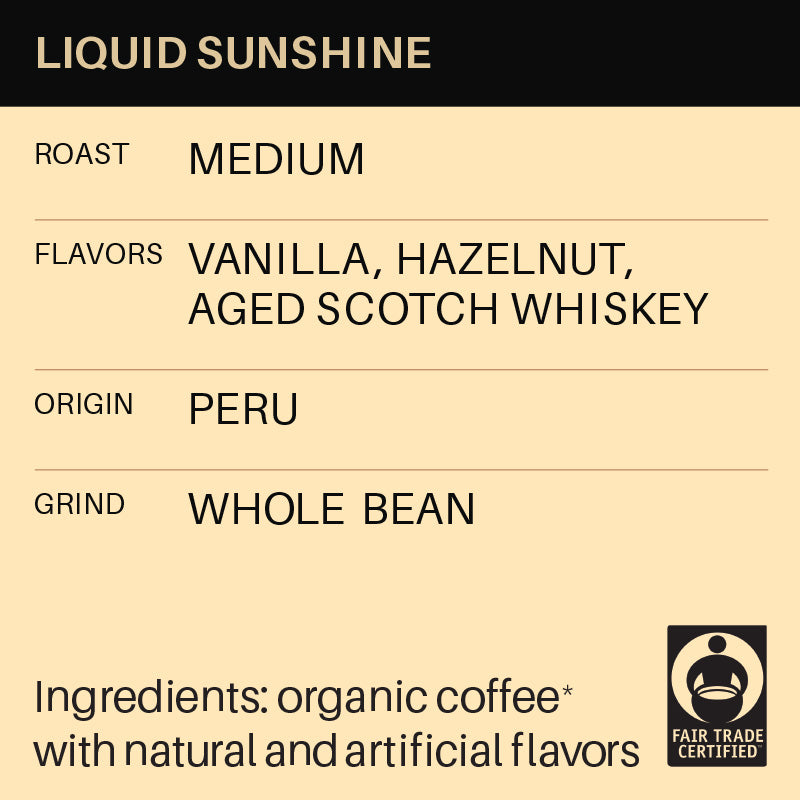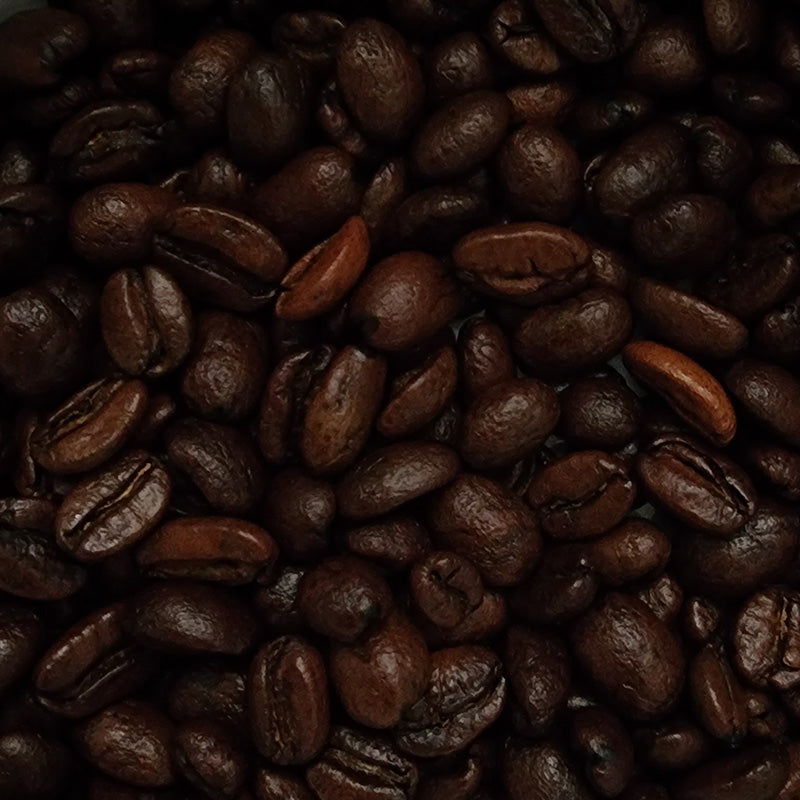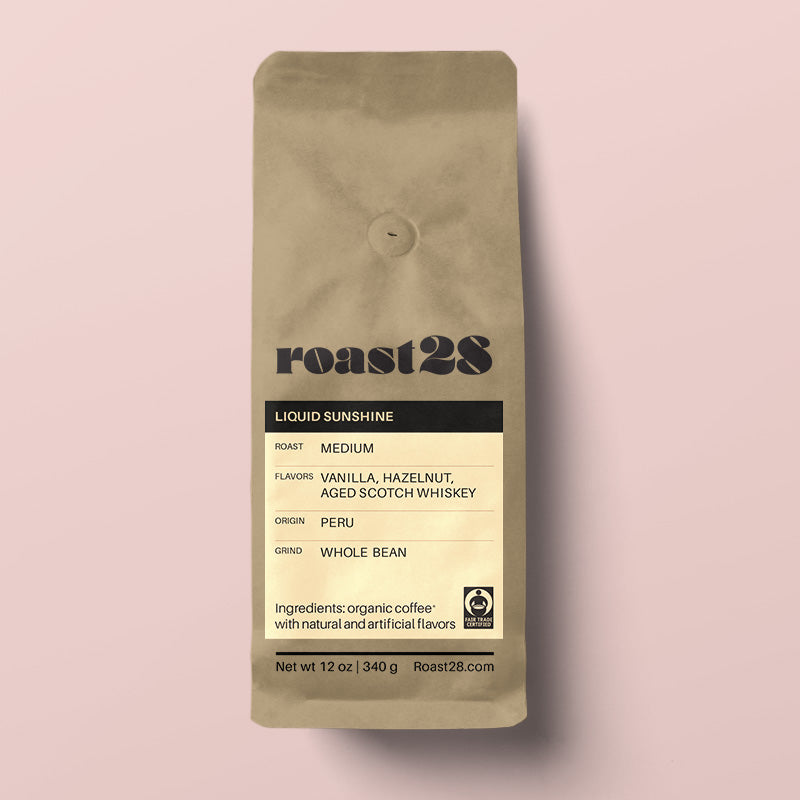Applying the correct tamping pressure when brewing espresso is crucial for achieving the perfect shot. Tamping evenly compacts the ground coffee in the portafilter, ensuring that hot water will penetrate the coffee bed evenly, resulting in a well-extracted espresso. Here are steps and tips to ensure you apply the proper tamping pressure.

1. Grind Your Coffee
Start with fresh coffee beans and grind them to a fine, consistent size, suitable for espresso. The grind size should resemble fine table salt. Incorporating these coffee brewing tips, especially ensuring the proper grind size, will significantly enhance the flavor and quality of your espresso shots.

2. Distribute the Ground Coffee
Place the ground coffee into the portafilter. Use your fingers or a distribution tool to evenly spread the grounds across the basket. This step helps prevent channeling, where water finds the path of least resistance, leading to uneven extraction.

3. Level the Coffee Grounds
Before tamping, ensure the coffee grounds are level in the portafilter. You can gently tap the sides of the portafilter to settle the grounds or use your fingers or a straight edge to level the surface. Following these brewing tips is crucial for achieving a uniform extraction and a delicious espresso shot.

4. Apply Tamping Pressure
- Apply steady pressure downwards into the portafilter. The goal is to apply around 20 to 30 pounds (9 to 13.5 kilograms) of pressure. If you're unsure what this feels like, practice pressing down on a bathroom scale until you get a feel for it.
- Once you've applied pressure, give the tamper a slight twist or spin. This can help polish the top of the coffee puck and seal any loose grounds, which might lead to channeling.
- Ensure the tamp is even. An uneven tamp can cause water to flow through the coffee unevenly, affecting the taste of your espresso.

5. Inspect the Puck
After tamping, the surface of the coffee puck should be smooth and level. If there are any cracks or uneven areas, consider redistributing and tamping again. Understanding how to brew coffee correctly can significantly impact the taste and quality of your final espresso shot.

6. Brew Your Espresso
Immediately after tamping, insert the portafilter into the espresso machine and start the brew cycle. For best results, try to extract the espresso shot within 25 to 30 seconds. Use a digital scale to help capture weight and brew time.

Tamping pressure tips
Mastering the tamping pressure takes practice, but once you get it right, it will significantly improve the quality of your espresso shots.
- Consistency is Key: Practice consistently applying the same amount of pressure each time you tamp. Consistency in your tamping pressure, combined with consistent grind size and dose, will lead to more consistent espresso shots.
- Adjust Based on Taste: If your espresso shots are too fast, too slow, or taste off, adjust your grind size before changing how hard you tamp. The grind size has a more significant effect on extraction than tamping pressure.
- Tamp Straight Down: Ensure you're tamping straight down to avoid an uneven extraction.
- Cleanliness: Keep your equipment clean. Coffee grounds left on the rim of the portafilter or under the tamper can lead to an uneven tamp. Mastering the tamping pressure takes practice, but once you get it right, it will significantly improve the quality of your espresso shots.
Learn more about espresso brew methods and how to adjust your process to compensate for dark roast coffee.




